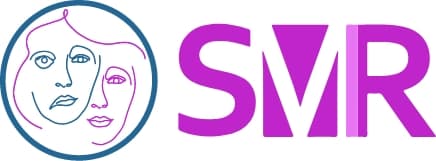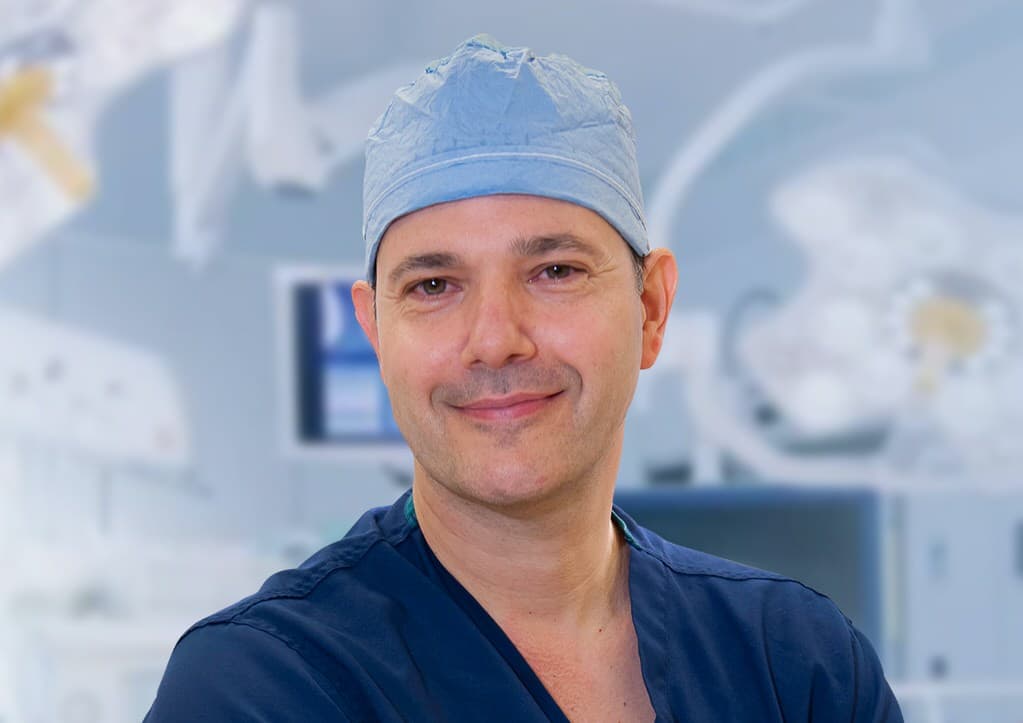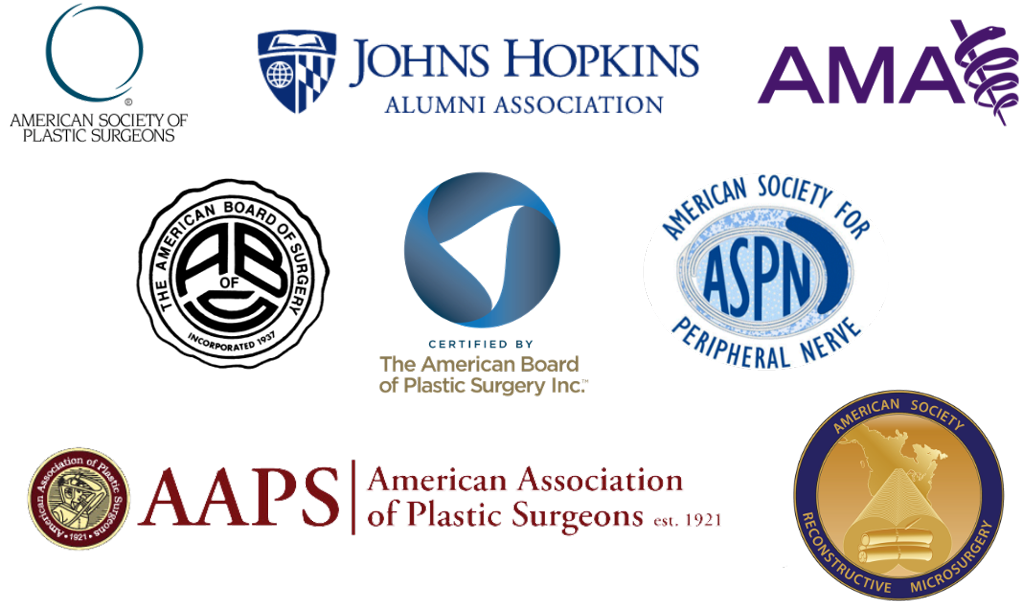Shai M. Rozen, M.D., F.A.C.S.
1801 Inwood Road
Dallas, TX 75390
Phone: (214) 645-2353
Monday–Friday: 8 a.m.–5 p.m.
Brow Lift
The brow is located between the forehead and the periorbital (around the eye) region and therefore is affected by several opposing forces. It is pulled upward by the frontalis muscle in the forehead and downward by several muscles, including the corrugator supercilii, depressor supercilii, and orbicularis oculi around the eye and by gravity. When a patient has flaccid facial paralysis on one side, the only remaining force is gravity, which pulls the brow down. This, in turn, causes the healthy brow to compensate and elevate. Dr. Shai Rozen, a leading expert in facial paralysis and facial plastic surgery, applies the same esthetic principles he uses on his cosmetic patients in Dallas for the treatment of both the paralytic and healthy brow in patients with facial palsy helping his patients improve symmetry and facial balance. An experienced facial paralysis and facial plastic surgeon at the University of Texas Southwestern Medical Center who has a deep understanding of facial anatomy and physiology, he takes special care to perform brow lift surgery on the healthy side as part of a coordinated plan for the paralyzed side.
Why is my brow on the normal side higher than on the paralyzed side?
During the daytime, our natural muscle tone keeps the brow slightly elevated, helping us maintain a clear field of vision. This balance is maintained by the opposing forces of the forehead muscles, which elevate the brow, and those around the eye, which depress the brow. When both sets of muscles are paralyzed, the brow is pulled down by gravity.
Conversely, on the healthy side, the brow actually tends to elevate. The reason for this is that the brain receives a signal that the visual field is somewhat obstructed in the paralyzed side because of the paralyzed brow. The brain responds by giving the signals to elevate both brows. Since the paralyzed brow does not respond, this signal is increased, further elevating the normal side.
How is the treatment strategy decided for the normal brow side?
Initially, treatment should start with addressing the paralyzed side. Once the paralyzed brow is treated successfully and positioned in an aesthetic position, the healthy brow will tend to drop down slightly. Treatment for the normal brow depends on its final position relative to the paralyzed brow. Options include:
- If the normal brow is still high, simple injections of BOTOX® can help reposition the normal brow lower.
- If the normal brow is lower, the brow is surgically lifted with a brow lift used in aesthetic surgery, whether by endoscopic or minimal incision techniques.
- If the normal brow is positioned symmetrically with the paralyzed side, no further treatment is needed.
What are the surgical techniques used to lift the normal brow?
Dr. Rozen uses several techniques in brow lift surgery. He commonly uses behind the hairline limited incision techniques, including endoscopic techniques for the healthy side, or if more lift is needed, he uses an incision at the hairline. Limited incision techniques at the brow level, one of which Dr. Rozen developed to assist palsy patients, can also be used in patients with receding hairlines in order to hide incisions well.
How does a brow lift affect the upper eyelid skin?
A close relationship exists between the brow and upper eyelid skin since they are contiguous structures. When the brow is lower, the upper eyelid skin tends to bunch up and give the impression that there is excess skin. While there might be some redundant skin, after a brow lift, the amount of redundancy decreases. One can examine this effect by standing in front of a mirror, lifting the brow with a finger, and seeing the influence on the upper eyelid skin.
Should I have the brow lift and the blepharoplasty (removal of upper eyelid skin) performed at the same time?
On the paralyzed side, being conservative is the rule. Since the paralyzed eyelid already has a problem with eye closure, in most cases treating the brow first and separately is safer. This is even more important when we use reanimation techniques to restore eyelid function. On the healthy side, performing a brow lift and upper eyelid surgery is safer and can be done at the same time after a proper exam has been performed.
Dr. Shai Rozen
Dr. Rozen is a board-certified plastic surgeon who co-created a facial paralysis specialty group with colleagues from otolaryngology & neurosurgery at the University of Texas Southwestern Medical Center.
Meet Dr. Rozen
What should I expect after a brow lift?
Post-operative recovery depends on whether other procedures such as eyelid surgery or a facelift are performed simultaneously. If a brow lift is performed alone, recovery is quicker. Expect some bruising and swelling around the eye, which mostly subsides in 2 to 3 weeks. If staples are used behind the hairline, they are removed in 1 to 2 weeks; if non-absorbable sutures are used elsewhere in more visible areas, they are removed after 5 to 7 days.
Can both the paralyzed brow and the healthy brow be operated on at the same time?
The answer depends on the location of the healthy brow before correction of the paralyzed brow. If the healthy brow is lower than what is considered a normal anatomic height or, more importantly, in an aesthetically pleasing position, both can be operated on at the same time.
Conversely, if the normal side is higher than the normal position, we usually wait to see where the height of the brow is after correction of the paralyzed side. Since it may lower with time, there may not be a need for a brow lift on the normal side. If it remains higher, BOTOX injections will help. Only if the healthy brow ends up in a lower position after lifting the paralyzed side is lifting it indicated.
What are the possible complications of a brow lift?
In the setting of facial paralysis, obtaining perfect symmetry is difficult since one side is dynamic (has both tone and motion) while the other is paralyzed. With this said, near symmetry can be achieved. Minimal hair loss is rare and can be mostly avoided with the proper surgical technique. The most concerning complication is injury to the temporal branch of the healthy facial nerve, but this complication is rare in experienced hands. Overall a brow lift is a very safe procedure when done properly.
Next Steps
For more information about improving symmetry after facial palsy with brow lift surgery, request a consultation to meet with Dr. Rozen at UT Southwestern.






